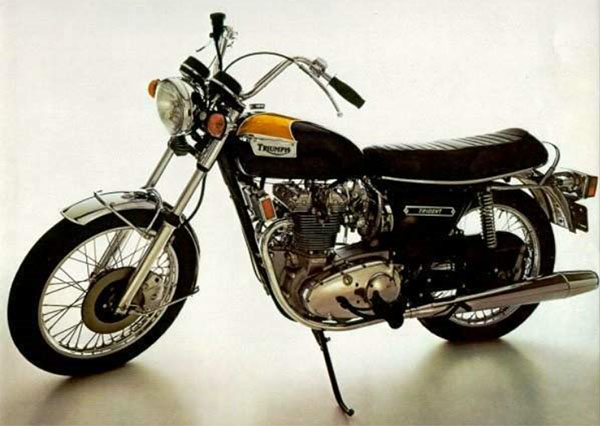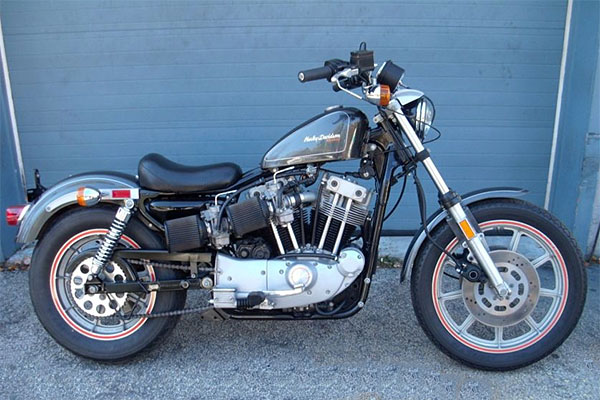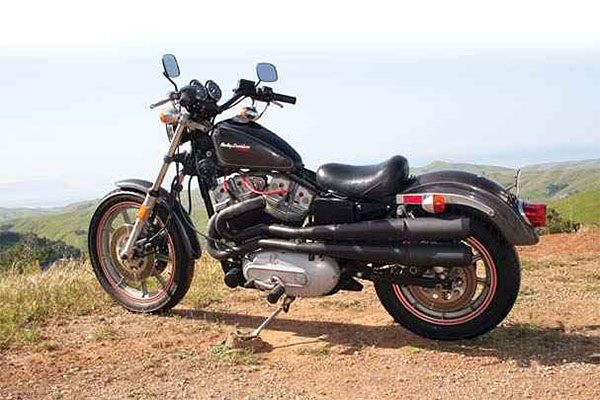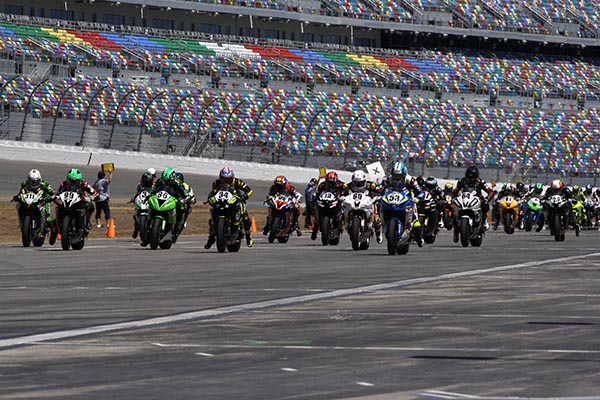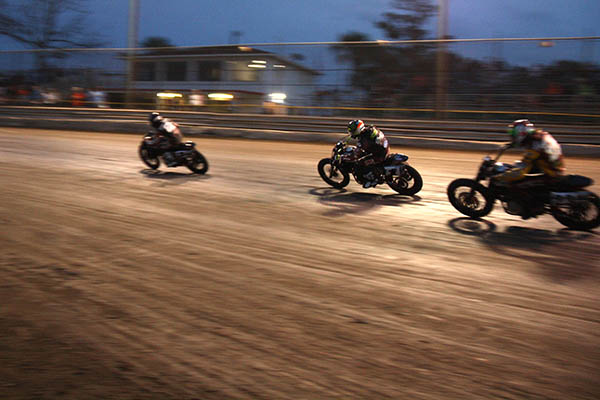 In San Diego I lived across the street from a Safeway food market. Man, I never ran out of anything. That Safeway is now a West Marine boat supply store. They got nothing to eat in the whole damn place. But back then, around 1980, it was a great food source.
In San Diego I lived across the street from a Safeway food market. Man, I never ran out of anything. That Safeway is now a West Marine boat supply store. They got nothing to eat in the whole damn place. But back then, around 1980, it was a great food source.
In my pad I had a tiny refrigerator with one of those wine-in-a-carton things inside. My buddy Mark found it in the road, not far from the house. Nobody I knew drank wine, or at least that wine. There was a perforated cardboard section that you knocked out and inside was a hose that connected to the plastic sack of wine. It was practical as hell, like a battery acid container. The hose had a shut off thingy, you kind of rolled the shut off onto a ramp until it pinched the hose closed. The wine tasted bad. Maybe it got hot in the sun out in the street. No telling how long it was there before Mark found it. Whenever anyone would drop by I’d ask if they wanted some wine, that’s what adults do. It was still in the fridge a few years later when I moved away.
I’d leave my one bedroom, one bath rental house on Point Loma’s Locust Street around 5pm. My bike was a 1968 electric-start XLH Sportster converted to kick start. Because electric kickers are for Honda riders, man. From Point Loma I’d reel onto Interstate 5 and roll the throttle on, lane splitting for 15 miles to Gene’s house in Mira Mesa. Back then every subdivision in San Diego sounded like one of the wooden sailing ships that discovered America: The Nina, The Rancho Bernardo and The Santa Antiqua. I guess they still name California things that way. Streets are Calles or Avenidas. Townhouses are called Don Coryells, after a football coach.
Gene had a 1973 Sportster, the one with the crude looking steel bar bent into a U-shape to secure the top shock absorber mounts. The result of AMF cost cutting. My older Sporty had a beautiful cast part welded into the frame tubes performing the same function. You couldn’t see either one once the seat was installed but I knew it was there. Gene knew it too. Gene was my wing man, my BFF. We used to drink in bars and shoot pool after work. It was nothing to stay up late at night, I only needed a few hours sleep. In those years Harley-Davidson motorcycles had a terrible reputation. Their riders were no prize either. We liked the way the bikes sounded and the way they looked.
California traffic was just as bad in 1980 as is today. We lane split all the way to Oceanside where the northbound traffic would thin out for 30 miles or so then lane split to the 405 and past the “Go See Cal” auto dealership. Cal’s dog Spot was a lion. He was featured in Worthington Ford television ads. It was nerve wracking bumper to bumper riding all the way til dusk and the exit for Ascot park Raceway.
I saw my first Ducati Darmah in the parking lot at Ascot. It was the most beautiful bike I’d ever seen. The squared off crankcases were works of art. Our iron-head Harleys looked like civil war relics next to the Darmah. Like Genus Rattus, man. I didn’t envy the Ducati. I was still a hard core Harley guy. Pretty don’t mean nuttin’ to us. Fast, reliable motorcycles are for the weak. I still feel that way.
I may have this wrong but Ascot held two AMA Grand National races each year. Every race I went to was advertised as the final race because the track was closing to be sold. This went on for 12 years until the track really did sell. One National was a standard flat track race and one National was a TT, which is a standard FT track with a bump and a right hand turn. Usually by the time Gene and I got up there the heat races had already started.
Ascot wore its years well. The stands were uncomfortable and crowded. AMA Nationals are big deals. The restrooms were dungeons. We would eat bad food and drink beer and watch the best racing anywhere until 11pm at night. Being part of the hundreds of motorcycles leaving Ascot was a real thrill. The riders were fired up from the racing and we rolled it on to 405 and then 5 to the El Toro Road exit and the Bob’s Big Boy restaurant. Bob’s was a tradition for AMA Nationals. The burgers were small and nearly tasteless, the little triangle salads were frozen and the fries were thin as shim stock. Bob’s was a good place to feed your Genus Rattus.
Because we were riding so late, no matter what the time of year it was always cold on the way home from Ascot. Long, empty stretches of interstate 5 stuffed each gap in your leather jacket with a chilling, low hanging fog. The cold would quiet your mind. Focus on your breathing now, keep still, those iron engines loved the cold. I could see Gene’s Sportster chuffing away in the dark, tiny glints of chrome primary case flashed in sync with my wobbling headlight. Both our Sportsters ran straight pipes and Interstate 5 sounded like the back straight of Ascot. Except we never chopped the throttle.
South of La Jolla the air temperature would rise and dropping off 5 onto Rosecrans Street wrapped sea-warmth around my body. I loved that part of the ride. The shivering was over, I could smell ocean smells. My muscles relaxed. This early in the morning Rosecrans is deserted, I have to run the red lights because the sensors in the pavement cannot pick up motorcycles. The only sound is my 900cc Sportster slowly rowing through the gearbox, rumbling home.

 Most all of the fun things we did as little kids were instigated by my Grandparents. Between raising four kids and working constantly to pay for the opportunity our parents were left spent, angry and not that into family-time trips. We did try it a few times but it seems like the trips always ended with someone crying, my parents arguing or a small child missing an arm. With only 16 limbs between us we had to be careful and husband our togetherness for fear of running out.
Most all of the fun things we did as little kids were instigated by my Grandparents. Between raising four kids and working constantly to pay for the opportunity our parents were left spent, angry and not that into family-time trips. We did try it a few times but it seems like the trips always ended with someone crying, my parents arguing or a small child missing an arm. With only 16 limbs between us we had to be careful and husband our togetherness for fear of running out. We always bought infield tickets. Camping at the Daytona Speedway was included with infield tickets so we immersed ourselves in the racing and never had to leave. Gramps had a late 1960’s Ford window van with a 6-cylinder, 3-on-the-tree drivetrain. The van was fitted out inside with a bed and had a table that pivoted off the forward-most side door. To give us a better view of the racing Gramps built a roof rack out of 1” tubing. The rack had a ¾” plywood floor and was accessed via a removable ladder that hung from the rack over the right rear bumper.
We always bought infield tickets. Camping at the Daytona Speedway was included with infield tickets so we immersed ourselves in the racing and never had to leave. Gramps had a late 1960’s Ford window van with a 6-cylinder, 3-on-the-tree drivetrain. The van was fitted out inside with a bed and had a table that pivoted off the forward-most side door. To give us a better view of the racing Gramps built a roof rack out of 1” tubing. The rack had a ¾” plywood floor and was accessed via a removable ladder that hung from the rack over the right rear bumper. When you would climb the ladder to the upper deck your hands would pick up silver paint. If you sat on the deck your pants would turn silver. If you rubbed your nose like little kids do your nose would turn silver. It was like Gramps painted the deck with Never-Seez. After a full day of racing we looked like little wads of Reynolds Wrap.
When you would climb the ladder to the upper deck your hands would pick up silver paint. If you sat on the deck your pants would turn silver. If you rubbed your nose like little kids do your nose would turn silver. It was like Gramps painted the deck with Never-Seez. After a full day of racing we looked like little wads of Reynolds Wrap. Our camp stove was a two-burner alcohol fueled unit that, incomprehensibly, used a glass jar to contain the alcohol. Even to my 10 year-old eyes the thing looked like a ticking time bomb so I kept my distance while gramps lit matches and cussed at the stove.
Our camp stove was a two-burner alcohol fueled unit that, incomprehensibly, used a glass jar to contain the alcohol. Even to my 10 year-old eyes the thing looked like a ticking time bomb so I kept my distance while gramps lit matches and cussed at the stove.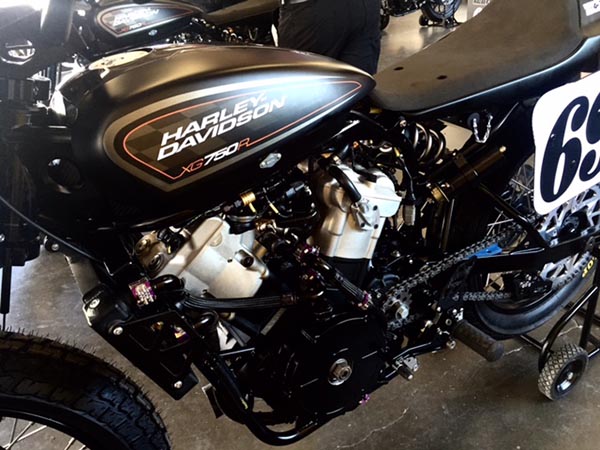 The Bike Week flat track has another, even stranger configuration this year. Before I get onto that a brief history is in order. The Bike Week AMA points-paying races were held at Memorial Stadium on 11th Street for many, many years. It’s a good venue with lots of seating, parking and being a real stadium it’s perfect for flat track.
The Bike Week flat track has another, even stranger configuration this year. Before I get onto that a brief history is in order. The Bike Week AMA points-paying races were held at Memorial Stadium on 11th Street for many, many years. It’s a good venue with lots of seating, parking and being a real stadium it’s perfect for flat track.





